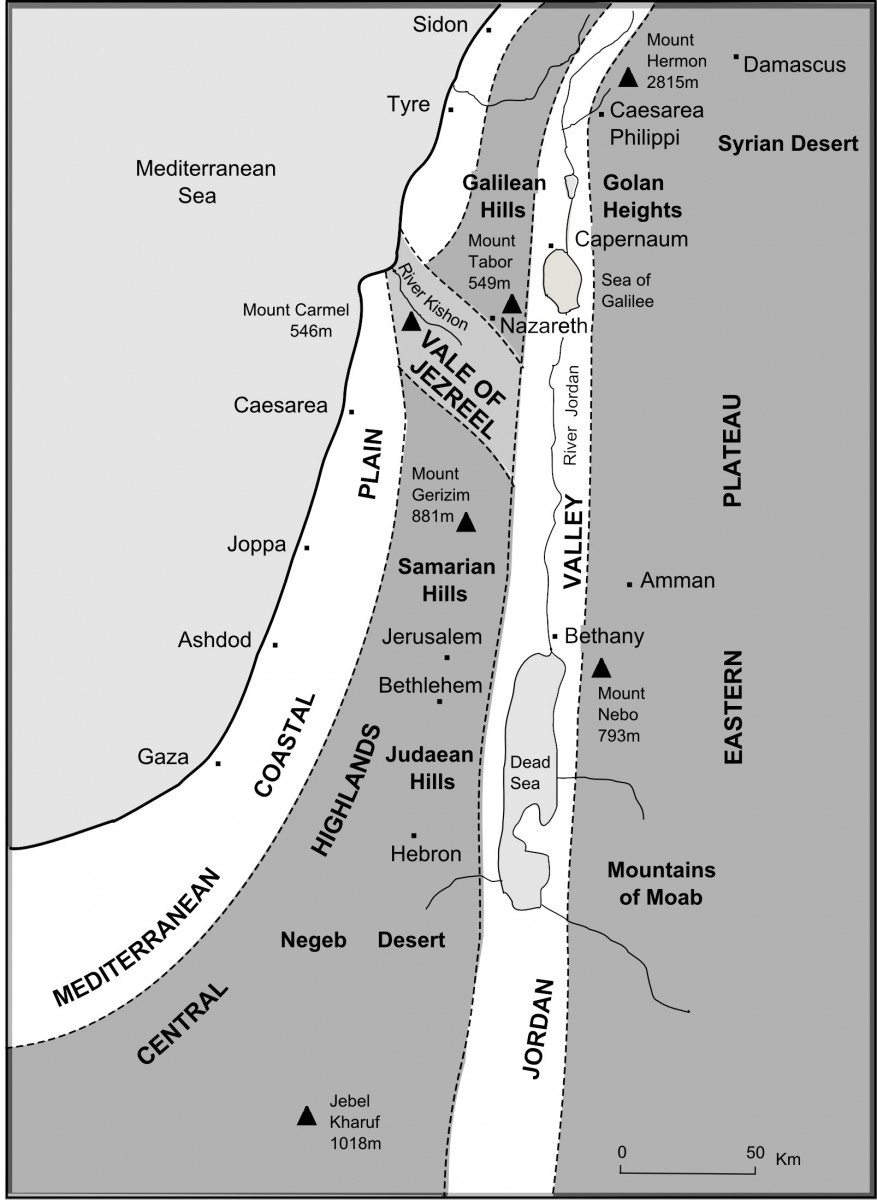An Incomplete Story of Palestine
A Contested Homeland and the 4,000-Year Lead-Up to October 7, 2023
This is the story of Palestine, going back not decades or centuries but to the very beginning of recorded history. Well, almost. My strong personal biases notwithstanding, this one’s only about demonstrable facts, backed by sources as close to contemporary as practically possible.
Today’s Levant was once an assortment of small autonomous city-states collectively known as Canaan. Geographically, the region can be divided into four vertical sections—the coastal plains, the central highlands, the Jordan rift valley, and the Trans-Jordanian plateau. Of these, the coastal plains are the most fertile, and the central highlands the most secure. This tradeoff between agricultural bounty and highland defense has underscored the region’s geopolitics since the dawn of civilization. We won’t go that far. Only 4,000 years.

Now that’s a whole lot of history to process, especially in an area as eventful as the Levant. Consequently, any monolithic piece on the entire timeline is going to be an unwieldy read. That’s why to make it easier, we will divide the timeline into ten broad phases, each with a distinct character of its own. It helps that the region’s transition from one phase to another has been remarkably well-defined—sharp, abrupt, and violent. For obvious reasons, the closer we get to the present, the longer the phase. In other words, the first phase is considerably shorter than the tenth. That isn’t to say more history happened in the latter than in the former. It’s just that we don’t know enough about the first. The further back we go in time, the less granular our knowledge of history.
Keep reading with a 7-day free trial
Subscribe to Schandillia to keep reading this post and get 7 days of free access to the full post archives.


